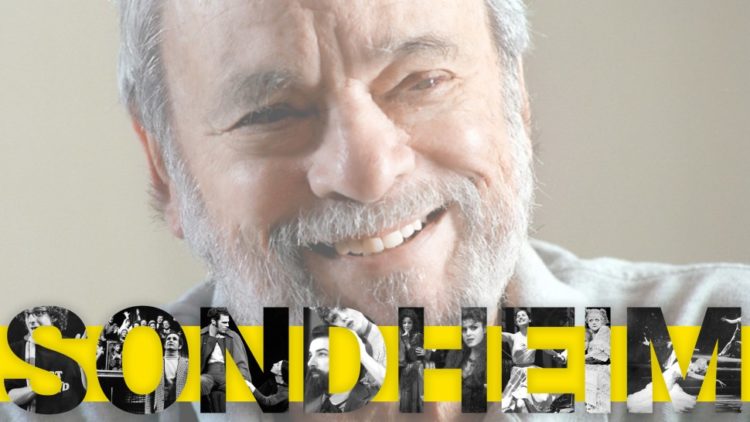It would be repetitive, at this point, to add yet one more tribute to Stephen Sondheim. For 50 years, he reigned supreme as a Broadway lyricist and mentor, giving us characters and tunes and metaphors that, dare I suggest, has some of the durability of Shakespeare. He flew to those heights, it seems, without a net: Rather than follow the script that already written about How to Write Musical, Sondheim reinvented the form, then reinvented his reinventions.
(I thought of that when I watched "Tick, Tick ... BOOM!," the semi-autobiographical film musical about Jonathan Larson, who gave Broadway the long-running show "Rent." Larson, who died at 35, just as his play was taking the stage, was encouraged by Sondheim when other critics panned his work. And to make a hat-trick of this array of talent: "Tick, Tick ... BOOM!" was directed by Lin-Manuel Miranda of "Hamilton" fame.)
I also cop to being a know-nothing about most theater and music. Reading through the profiles of Sondheim, who died last Friday at age 91, reinforced that gap in my cultural education.
Related stories
And then I came across a short tribute by Washington Post columnist Alexandra Petri. She clearly does not lack in cultural depth, but I never feel put down reading her, maybe because I'm either laughing too hard or just caught up in the roller-coaster ride of her thinking: One line, I'm upside down; the next, I'm landed in clear intent.
Petri builds her piece around the challenge — impossibility — of writing music, and how Sondheim met that challenge. He may have been the master of new approaches but, it seems, he stood on a clear understanding of what is required, each and every time. Petri summarizes Sondheim's definition of what makes a good song-story this way:
A song is delivered in time, and it has only as long as it lasts to tell you what it is trying to say, whether you hear it or not.
It can’t be too clever, and it can’t be too dull. It has to land on your ear as a surprise. If it contains jokes, they have to rhyme. (If it contains rhymes, words that are spelled differently are funnier, Sondheim thought, than words that are spelled the same.) And it doesn’t hurt if it’s hummable.
The song has to take the character singing it somewhere. It has to be essential to the show. “If you can take the song out," Sondheim said, "and it doesn’t leave a hole, then the song’s not necessary.”
Petri confesses her own so-far-unsuccessful attempts to write musical theater. She goes on to talk about the "artificiality" of musical theater — but underscores how that very artifice sometimes tells a "higher truth" and helps us "occupy the spaces we move through too quickly."
Defining what makes a story
As I read, I kept thinking about the work we do as journalistic storytellers? Is it artifice? Of course, at some level. We can't ever be there for the true beginning or ultimate end of a situation. We can't talk to everyone who was involved. We certainly can't fully inhabit the experiences of those we write about. But most of the people I know pursue it as a craft, and with a humility that, they hope, reflects a higher truth.
That's when I went back to the opening of Petri's piece, and how she summarized Sondheim's definition of story. For all our talk about what makes a story work — or, more typically, what makes it a mess — can we state it that clearly? Can we build that kind of definitive foundation, then stand on it as we create? Shouldn't we?
Petri, channeling Sondheim, gives nod to the time-sensitive nature of music, noting that's what makes it different than the written word. What I took away is that what's really different is what's heard rather than read. No going back.
But much of our journalism is defined by time limits: Radio and broadcast with strict discipline; print with tyrannical deadlines. Take "hummable" and sub in "memorable." Then tick, tick boom! It's all there.



